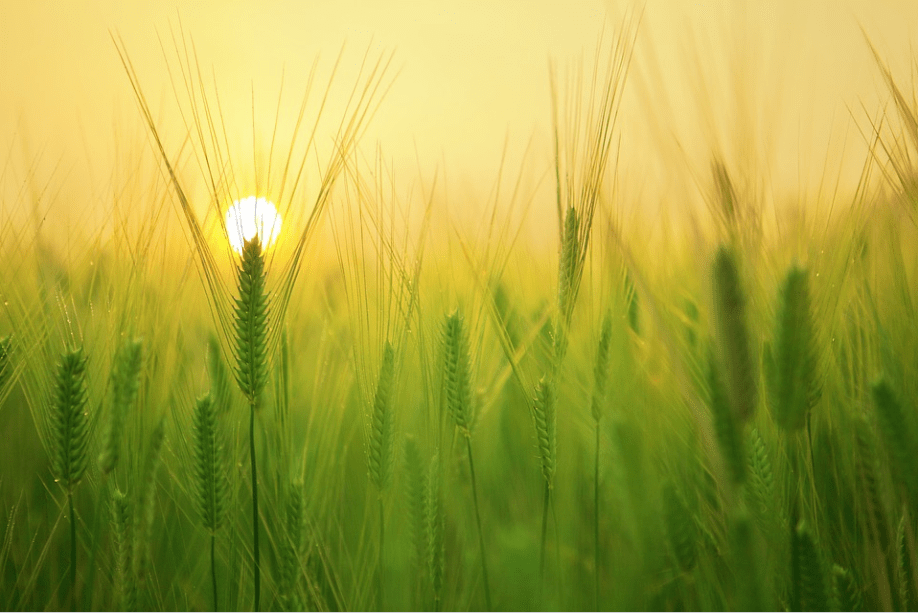Why We Live Or Die By Soil Health
In our latest podcast, Dr. Cristine Morgan, one of the US’s premier soil scientists and Chief Scientific Officer at the Soil Health Institute shares her views on soil health: what it is, how to quantify it, what’s the payoff, and why it’s so critical to our success as a society.

Her thoughts? “We all live or die by soil, literally. We just have to remind people that it’s about quality of life. It’s about the food that you eat. It’s about the safety and welfare of your children.”
Notes
Dr. Cristine Morgan is the Chief Scientific Officer at the Soil Health Institute in North Carolina. Learn more about the Soil Health Institute on their website.
Subscribe:
https://www.metergroup.com/we-measure-the-world/
Follow us:
Questions?
Our scientists have decades of experience helping researchers and growers measure the soil-plant-atmosphere continuum.
- Talk to an expert—>
- Request a quote—>
- Related article: How to measure soil hydraulic conductivity
- Related article: Which grain size analysis method is right for you?
Disclaimer
The views and opinions expressed in the podcast and on this posting are those of the individual speakers or authors and do not necessarily reflect or represent the views and opinions held by METER.








